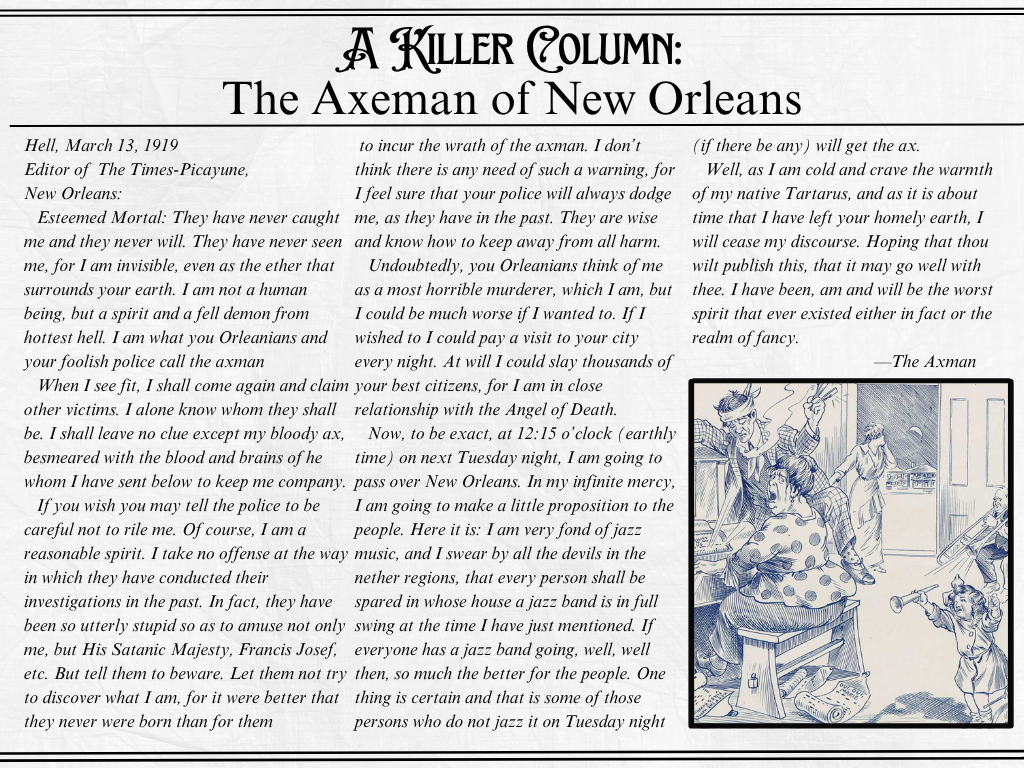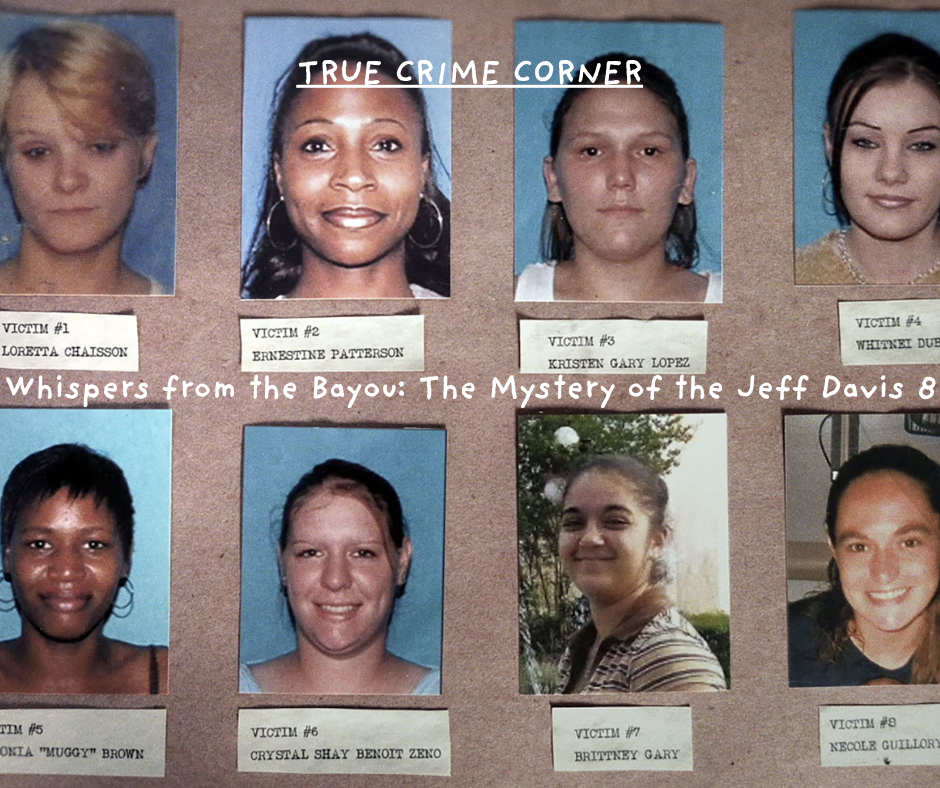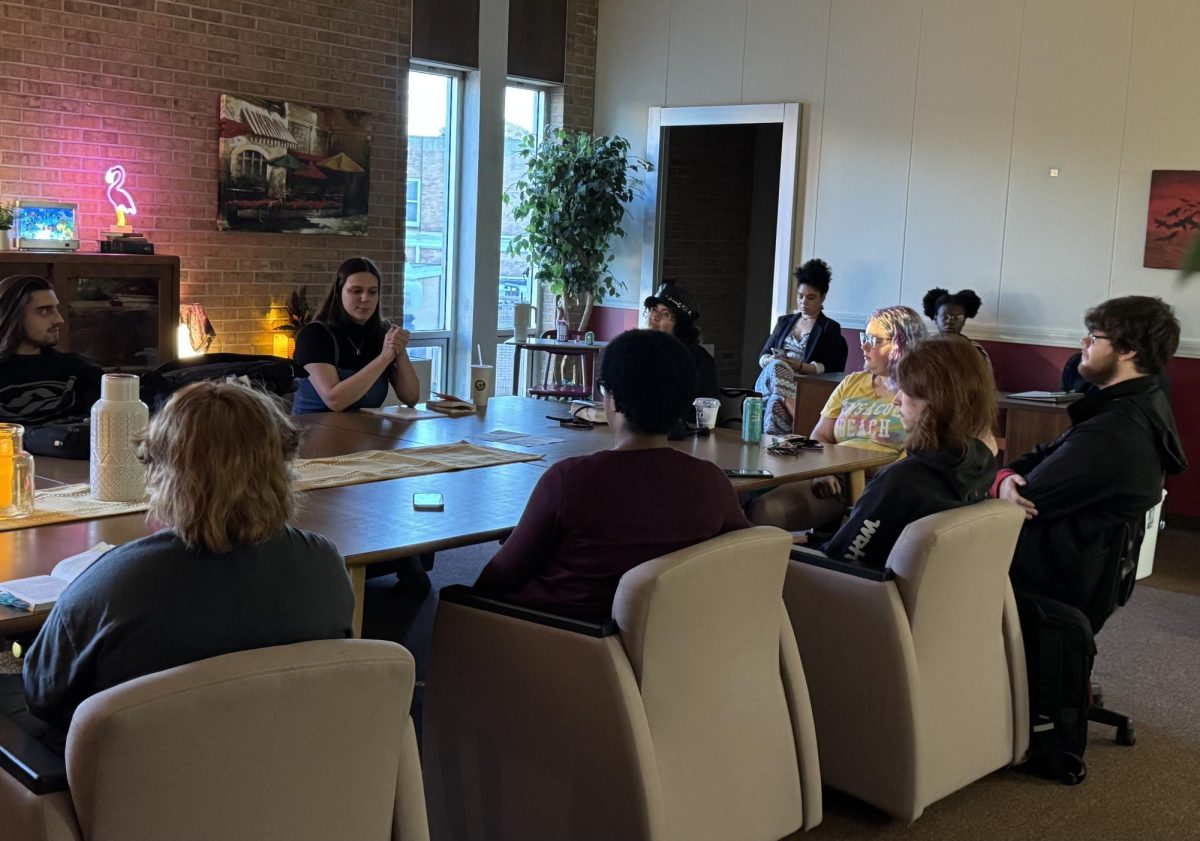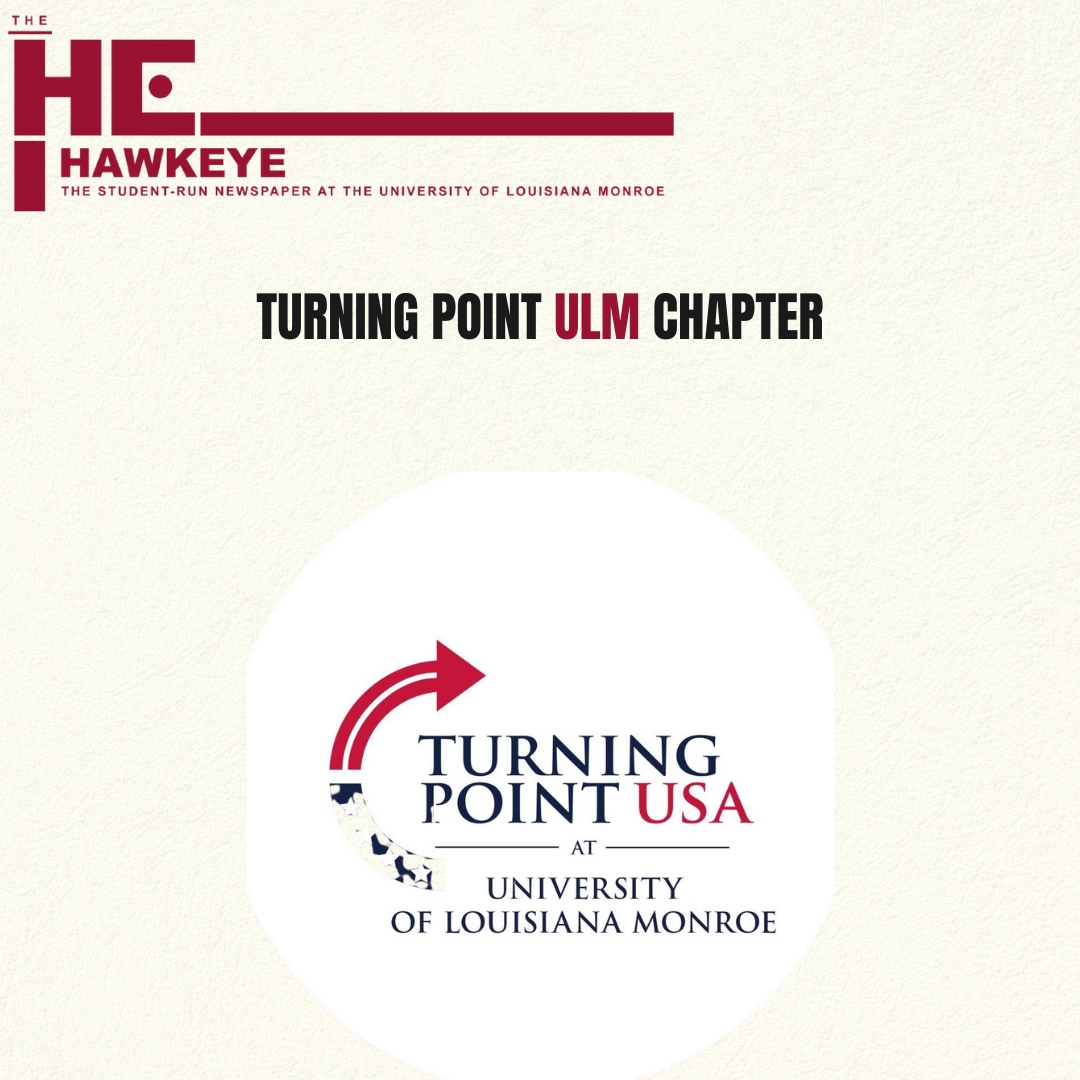Late into the night of March 18, 1919, the gentle hum of jazz from homes and bars drifted into the damp, dark air across the New Orlean suburbs. Usually, this atmosphere indicates a celebration. On this night, however, New Orleanians played jazz not out of joy—but fear for their lives.
At the turn of the 20th century, a music-loving serial killer proclaimed that only jazz lovers would be safe from his reign of terror. Between March 1918 and October 1919, the unidentified killer, who later earned the title of the Axeman of New Orleans, prowled the streets of New Orleans, Louisiana.
The victims, mostly Italian and Sicilian grocers, were attacked in the middle of the night by a mysterious ax-wielding intruder who left almost no clues after fleeing the scenes.
The victims could only describe their attacker as a heavyset, dark man. The axman usually broke into his victims’ homes through the doors with a chisel, and reports claim he would bludgeon his victims with an axe found on the property or one stolen from somewhere nearby.
On May 23, 1918, Joseph Maggio, an Italian grocer, and his wife, Catherine, were found dead in their apartment at Upperline & Magnolia Streets. According to Maggio’s brothers, Jake and Andrew, Joseph died “minutes after being discovered” by them.
Joseph and Catherine were sleeping when the Axeman broke into their home. The intruder cut both their throats with a straight razor and hit them with an axe. Catherine’s throat was cut so deeply that her head was nearly severed.
Louis Besumer and his mistress, Harriet Lowe, were attacked in the back of Besumer’s grocery store on June 27, 1918. Besumer was struck above the right temple, causing a severe skull injury. Lowe was hacked over the left ear and was left permanently partially paralyzed on that side of her body. Both victims initially survived, but Lower later died from her injuries.
The weapon was an axe that belonged to Besumer. The entry method was like the break-in of Maggio’s apartment. Police reports note that nothing was stolen during the attack.
On Aug. 5, 1918, Anna Schneider, eight months pregnant, woke up to a shadowy figure standing over her bed. Schneider’s face was badly injured, and her scalp was cut open.
Some accounts say that the weapon was a lamp, while others say it was an axe. Schneider was discovered by her husband, Ed Schneider, shortly after midnight. The police reported that nothing was stolen except for a small amount of money.
Schneider survived the attack and gave birth to a healthy baby girl two days later, eventually making a full recovery.
Joseph Romano, an elderly man who lived with his two nieces, Pauline and Mary Bruno, was attacked on the night of Aug. 10, 1918. Upon entering the room, the sisters discovered Romano had taken a serious blow to his head.
Romano initially survived the attack but died two days later from his injuries. The police reported that the intruder entered the home via the back door, where he chiseled the panel. A bloody axe was also found at the scene.
On March 16, 1919, the Times-Picayune published a letter to the editor from an individual claiming to be the axman. The writer boasts, “They have never caught me, and they never will… I am not a human being, but a spirit and a fell demon from the hottest hell.”
In the letter, the man announces his plan to attack again at 12:15 a.m. on Saint Joseph’s Day but notes that he is fond of jazz music and will spare anyone playing it at home on gramophones or listening to a jazz band out in public.
Jazz parties were quickly organized for that evening, causing the bars and cafés all over town to be crowded.
On Wednesday, March 19, the Times-Picayune ran a cartoon showing a frenzied attempt to accede to the axman’s request, accompanied by an article describing the after-midnight jazz soirees. It was noted that the axman did not strike that evening.
On March 10, 1919, the Cortimiglia family, consisting of father, Charles; mother, Rosie; and their two-year-old daughter, Mary, was attacked at their home in Grenta, Louisiana. Charles and Rosie both suffered skull fractures from axe blows, while Mary was killed instantly from a blow to the back of her neck.
The intruder entered the home via the back door, where he chiseled the panel. The police also reported that nothing had been stolen from the home. A bloody axe was also found at the scene.
Charles and Rosie both survived the attack. Initially, their neighbor, Iorlando Jordano, and his son Frank were accused and convicted of the attack. However, later evidence such as Rosie’s recanting of the night cast doubt, and they were released.
Grocer Steve Baca was attacked as he slept in his bedroom by an axe-wielding intruder on the night of Aug. 10, 1919. Upon regaining consciousness, Boca ran to the street to investigate the intrusion and found that his head had been cracked open.
The grocer ran to the home of his neighbor, Frank Genusa, where he lost consciousness and collapsed. Police reports state that nothing had been taken from the home and that a panel on the back door of the home had been chiseled away. Boca recovered from his injuries but could not remember any details of the attack.
On Sept. 3, 1919, Sarah Laumann was attacked in her apartment. Neighbors came to check on the young woman, who had lived alone, and broke into the home when Laumann did not answer.
They discovered the 19-year-old lying unconscious on her bed, suffering from a severe head injury and missing several teeth. The intruder had entered the apartment through an open window and attacked Laumann with a blunt object.
A bloody axe was discovered on the front lawn of the building. Laumann recovered from her injuries but could not recall any details of the attack.
On the night of October 27, 1919, the wife of Mike Pepitone was awakened by noise coming from her husband’s bedroom across the hall. When she arrived at her husband’s door, she saw that a large, axe-wielding man was fleeing the scene.
Pepitone had been struck in the head and was covered in his own blood. Blood spatter covered most of the room, including a painting of the Virgin Mary. Pepitone’s wife was unable to describe any characteristics of the killer other than that he was “large.”
The Pepitone murder was the last of the alleged Axeman attacks.
According to scholar Richard Warner, the chief suspect in the Axeman of New Orleans crimes was Frank “Doc” Mumphrey, who used the alias of Leon Joseph Monfre, or Manfre. Mumphrey’s Garden District jazz business, previously struggling, was noted by many in the community as seeming to do unusually good business once the city was compelled by the threat of violence to hire jazz bands and play jazz records.
To this day, the case remains unsolved, and the Axeman of New Orleans has never been caught.







